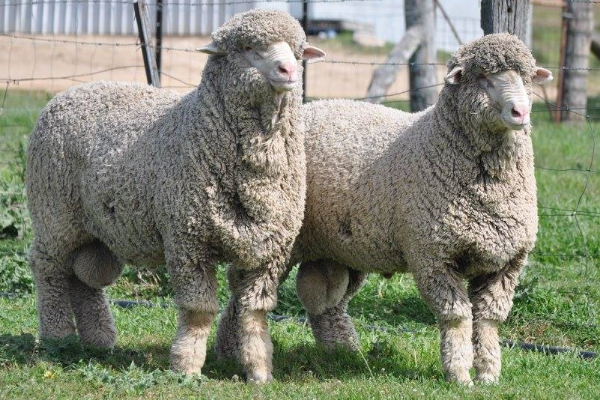The Story Behind Fair Isle—and Why It’s Trending Again
- CH CH
- 1 day ago
- 3 min read
There’s something unmistakably comforting about the rhythmic geometry of Fair Isle patterns. Whether it’s a jumper pulled from the back of the wardrobe or a scarf passed down through generations, these knits carry more than warmth—they carry history.
Fair Isle isn’t just a style; it’s a story woven into wool. Originating from a remote Scottish island, this iconic knitting technique has travelled far beyond its humble beginnings, finding new life in contemporary fashion across the globe. Today, it’s not just heritage brands embracing the look—Fair Isle is appearing in streetwear, luxury collections, and sustainable fashion lines alike.
So what makes this pattern so enduring? And why is it trending again now?
Let’s take a closer look at its origins, its craftsmanship, and its modern-day revival.
Fair Isle is not just a knitting technique—it’s a place. Nestled between mainland Shetland and Orkney in northern Scotland, Fair Isle is a tiny island with a population of fewer than 100 people. Despite its size, it has left an outsized mark on textile history.
The knitting style that bears its name dates back to at least the 19th century, though some argue it may have earlier roots. Islanders developed the technique using local wool and natural dyes, creating garments that were both warm and visually striking. The hallmark of Fair Isle knitting is its use of multiple colours per row, typically limited to two at a time, and repeating geometric motifs such as crosses, diamonds, and stars.
The turning point came in 1921, when the Prince of Wales (later Edward VIII) wore a Fair Isle jumper in public. The image was widely circulated, and demand for the pattern soared. From that moment, Fair Isle became synonymous with heritage knitwear.
Technique: What Makes Fair Isle Unique?
Fair Isle knitting is a form of stranded colourwork, meaning the unused yarn is carried across the back of the fabric as the pattern is worked. This creates a dense, insulating layer—ideal for cold climates.
Key features include:
Limited colour palette: Usually 5–6 colours per garment, with only two used per row.
Repeating motifs: Geometric shapes arranged in bands across the fabric.
Symmetry and rhythm: Patterns are often mirrored or evenly spaced, creating visual harmony.
Unlike intarsia or tapestry knitting, Fair Isle is continuous and seamless, making it perfect for circular garments like jumpers, hats, and mittens.
Why It’s Trending Again
Fair Isle’s resurgence isn’t just about nostalgia—it’s about values. Today’s consumers are increasingly drawn to:
Craftsmanship: Hand-knitted or small-batch Fair Isle pieces signal quality and care.
Sustainability: Wool is biodegradable, and traditional knitting supports slow fashion.
Seasonal storytelling: Fair Isle evokes winter holidays, cosy evenings, and timeless style.
Designers are also reimagining the pattern with modern twists—think oversized silhouettes, unexpected colour combinations, and hybrid fabrics like mohair blends or recycled yarns.
Social media has played a role too. Influencers and stylists are showcasing Fair Isle in fresh ways, from streetwear layering to minimalist capsule wardrobes. The pattern’s versatility makes it a favourite for both maximalists and minimalists alike.
How to Wear Fair Isle Today
You don’t need to be on a windswept island to wear Fair Isle well. Here are a few contemporary styling tips:
Layer it: Throw a Fair Isle vest over a crisp shirt or turtleneck.
Mix textures: Pair with corduroy, denim, or silk for contrast.
Go tonal: Choose muted palettes for a modern, understated look.
Accessorise: Fair Isle beanies, scarves, and socks add subtle charm without overwhelming an outfit.
Fair Isle knitting is more than a trend—it’s a testament to human creativity, resilience, and connection. From its windswept island origins to its place on global runways, it continues to inspire designers, makers, and wearers alike.
As we embrace slower fashion and meaningful design, Fair Isle reminds us that beauty often lies in tradition—and that the most enduring patterns are those woven with care.






Comments